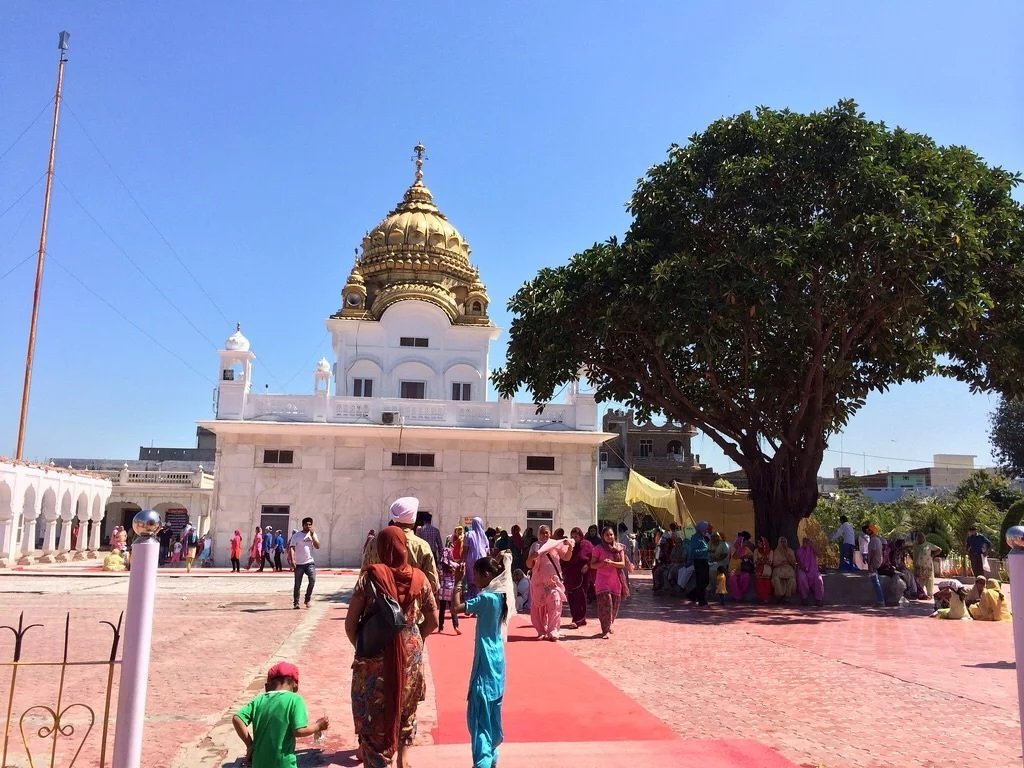Explore GURU MANGAT's rich heritage near Lahore, linked to Guru Hargobind. Visit Gurdwara Patshahi VI, a historic gurudwara awaiting rediscovery.
Visit Mandi Gobindgarh's historic Gurdwara Sri Guru Hargobind Sahib Ji, a beautiful shrine with rich history, managed by the Shiromani Gurdwara Parbandhak Committee.
Explore Dera Baba Nanak—a sacred site by the Ravi River in Punjab, tied to Guru Nanak's legacy and home to historical gurdwaras and spiritual heritage.
Explore Akbarpur Khudal, a village in Punjab, where Guru Gobind Singh rescued a Sikh in 1706, with a historic gurdwara and captivating tales of justice.





